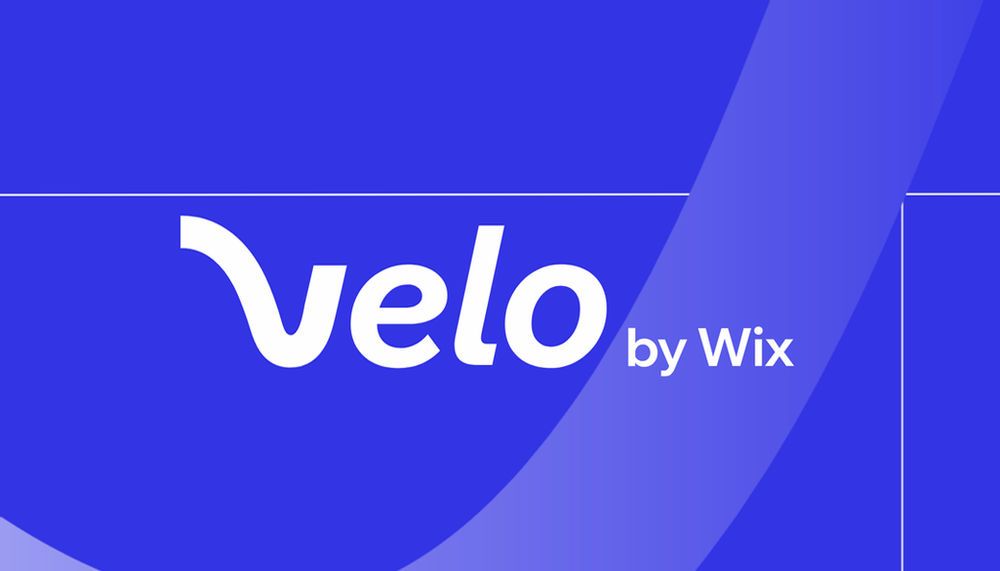249 reads
How To Use the Paid Plans API for Pricing Plan Ordering
by
June 24th, 2021

Velo is a full-stack development platform that empowers you to rapidly build, manage and deploy professional web apps.
About Author
Velo is a full-stack development platform that empowers you to rapidly build, manage and deploy professional web apps.